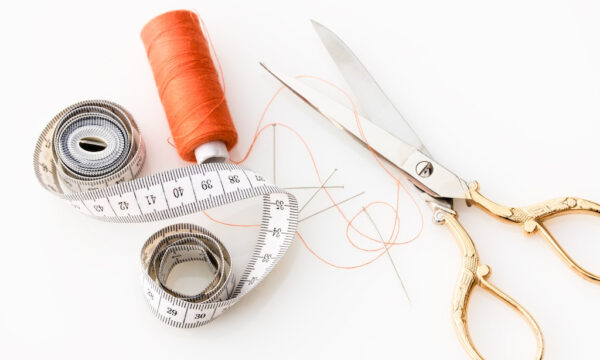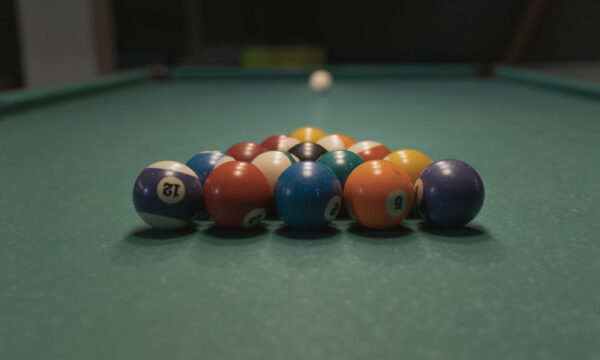How to look after your artwork

Whether it’s a gift from a loved one or a piece you’ve invested in, looking after your artwork properly is crucial if you want to keep it in the best condition possible. And it’s actually much easier to accidentally damage your artwork than you might think, with things like sunlight, temperature and even dust leaving your art ruined. However, once you know what to look out for, it becomes much easier to control the elements and keep your pieces as clear and vibrant as possible. The following tips go through everything you need to watch out for when looking after your prized artwork.
Invest in the right frame
Having the right frame for anything you want hanging on display is actually much more important than you might think and can make or break your artwork. Not only does the frame finish off the piece, making it look more professional, but it also offers protection against any bumps and knocks. However, it’s crucial that the frame is right for the piece and is properly assembled to avoid any long term damage. For example, thanks to their acidity, using materials like glue or duct tape to attach a work to the frame board can cause the art to break down over time. This then becomes almost impossible to rectify without damaging the art, meaning it’ll slowly deteriorate as a result.
Working with a professional framing company for your prized art can ensure that it will be mounted correctly, using the right materials and in the right size frame. The frame you need depends on what it is you’re hanging on your wall — canvas prints may require a tray frame, while antique art on board or paper usually works best when classically mounted. It’s generally best to speak with professional framers, who can gauge the best way to frame your artwork to look its best and complement the rest of your interior design.
Hang your art up correctly
Once you’ve invested in the artwork itself and the frame, the next thing you will need to make sure of is that it’s hung up correctly. The last thing you want is for your frame and precious art to fall off the wall because you used the wrong fixtures. You should consider the weight of the work as well as the strength of the wall it will hang from. Weaker walls will not be able to hold up many pieces, running the risk of crumbling for heavier hangings, so you may need reinforcements or to find another location altogether.
You also need to think about the placement on the walls, as getting this wrong can make your artwork stick out for all the wrong reasons. You want to consider the size of the space you’re covering, the size of your frame and even the other furniture around the room. As a general rule, you should hang artwork at eye level, with 60 inches from the centre of the piece to the floor being the ideal distance. If you’re looking to hang a piece above items of furniture, like a mantlepiece or a sofa, it’s a good idea to leave a gap of about 5 inches between them. Wherever you hang your artwork, you want to make sure it’s out of reach of any small children or pets and ensure that the frame is securely attached to the wall to avoid any accidental falls.
Keep it out of direct sunlight
Just like UV rays can be harmful to our skin and eyes, they can also be harmful to any artwork you have on display in your home or office. The chemical reaction, known as photolysis, causes the compounds to break down and decompose in the light which, over time, leaves you with a duller artwork than what you started with. Direct sunlight can also cause oxidation, which can leave your pictures yellowed and delicate. Both of these are slow processes, which means that you won’t really notice it’s happening until it’s too late, so it’s better to be safe than sorry.
Carefully consider what part of the room gets the most natural sunlight and pick any other spot but there to hang your work, while also watching out for indirect sunlight. If you want to be as safe as possible for the precious pieces you don’t want to ruin, it’s recommended to invest in UV blocking glass for your frames, which can help conserve your art for as long as possible.
Keep temperature and humidity consistent
Light is not the only environmental factor that can affect your artwork and cause it to break down. The temperature and humidity of the room can also damage your prized pieces over time, whether by causing the board and frame to damage or by ruining the medium used. Oil-based paintings, acrylics, canvas and wood all react under different conditions, so it’s important to understand how your art is made and how the environment can affect those materials. For example, humid weather makes canvas turn looser, while drier air can make it tighter. Fluctuating humidity can cause the canvas to lose its shape over time, eventually sagging or slacking on the frame, which ruins the look of the art.
It is widely suggested to keep the temperature within a consistent range of 20°F, ideally around 65°-75°. Rooms where the temperature can wildly fluctuate throughout the year, like a garage or loft, can cause your art to warp more quickly than in other rooms. It’s also important to keep the humidity relatively stable throughout the year, to avoid any unnecessary damage and using an air conditioner in the summer and humidifier in the winter can help.
Dust your artwork
When dusting around your home, it’s equally important to dust your artwork. Maintaining a dust-free living area is crucial to prevent any irritation to your skin, eyes and lungs by removing any dust mites. Dust can also cause your artwork to look old and dull and, if left for long enough, can become permanently embedded in the paint particles, ruining the work’s overall appearance.
Dust your artwork with a soft-bristle brush or duster to avoid causing any scratches to the art or the frame. Alternatively, if you can, have a professional seal the work with a thin coat of varnish, which can help keep any dust, dirt and grime at bay, while giving the finished product a more uniform texture.
The editorial unit
























Facebook
Twitter
Instagram
YouTube
RSS